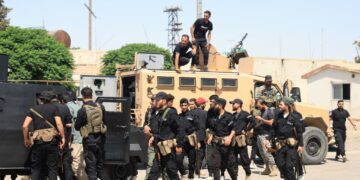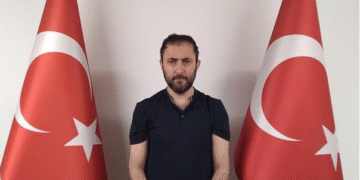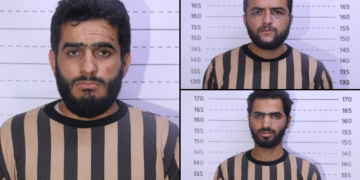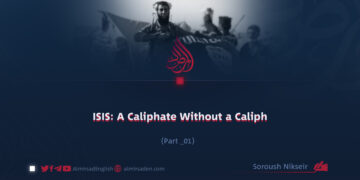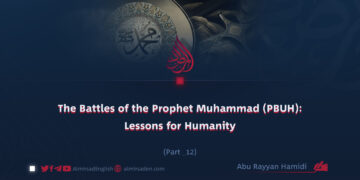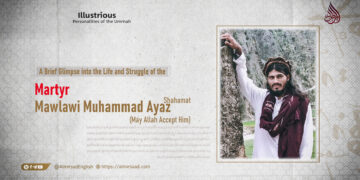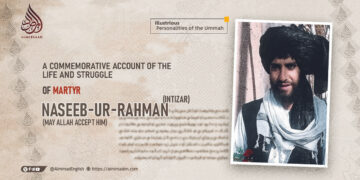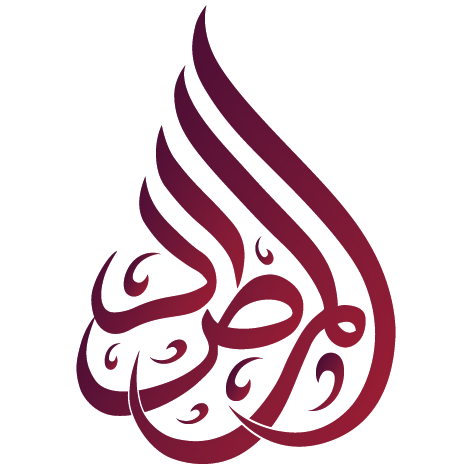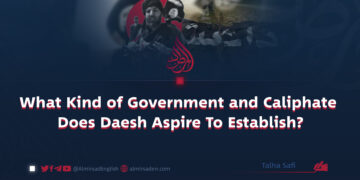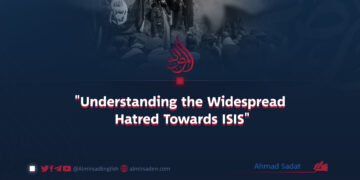Part 10
Written by: Ehsan Arab
Targeting of Jihadi Commanders
Without question, the foremost obstacle to the execution of the West’s malicious agenda in the Islamic world has been the steadfast resistance of jihadi groups—those valiant individuals who have stood in defense of the Ummah, transforming their lives into shields against the tide of disbelief.
At the heart of this resistance, from the perspective of hostile powers, are the military commanders and ideological leaders of jihadist movements. Recognizing their pivotal role, the global forces of disbelief have orchestrated relentless campaigns to eliminate these figures, viewing their neutralization as essential to weakening Islamic resistance.
Historical precedents affirm that whenever Muslim forces have risen to confront occupying powers and their puppet regimes, the disbelieving coalition has prioritized the elimination of resistance leadership. This strategy has been pursued through a wide array of means—military offensives, intelligence operations, political manipulation, and ideological subversion—all aimed at dismantling the command structures that sustain jihadi movements.
Among the various instruments employed to suppress Islamic resistance, none have proven more effective—or more treacherous—than the Daeshi Khawarij. Operating under a fraudulent banner of jihad, this faction has functioned as an extension of Western geopolitical designs, orchestrating the targeted assassination of senior jihadi figures and thereby offering immense relief to the enemies of the Ummah. Their legacy is one of calculated betrayal, marked by a consistent alignment against the authentic vanguards of Islamic resistance.
Since their accursed emergence, the Daeshi Khawarij have systematically employed deceit and misappropriated Islamic symbols to infiltrate the ranks of the Ummah’s defenders. Through these treacherous tactics, they have martyred some of the most esteemed commanders of the Islamic resistance—bringing comfort to the disbelievers and profound grief to the Muslim Ummah.
Consider the following grievous examples:
On April 4, 2024, during the blessed month of Ramadan, a Daesh-affiliated operative infiltrated the guesthouse of Abu Mariyah al-Qahtani—widely regarded as the second-in-command of Hay’at Tahrir al-Sham—and executed a suicide bombing that led to his martyrdom.
In the closing days of 1401 (Hijri Solar Calendar), another operative of the Khawarij martyred Sheikh Muhammad Dawood Muzammil, a senior commander of the IEA and governor of Balkh province. He had earned a golden reputation for his resistance against both the occupying forces and their domestic proxies, including the Kabul regime and Daesh.
Most recently, on December 12, 2024, the Khawarij struck again—this time martyring Al-Hajj Khalilur Rahman Haqqani, the Minister of Refugees and Repatriation of the IEA, in a suicide attack.
Al-Hajj Khalilur Rahman Haqqani was a man of extraordinary courage who had not only resisted American occupation forces but had also rendered historic sacrifices during the Soviet invasion. His unparalleled service in the struggle against American imperialism, coupled with the repeated failure of Western forces to capture him, led the U.S. Treasury Department to place a $5 million bounty on his head.
And yet, it was not foreign agents but the Khawarij of this era who, in blind service to their masters, betrayed and martyred this distinguished mujahid—an act that remains an indelible stain on their ignoble record in the modern history of Afghanistan and the Islamic world.
Nevertheless, one truth remains immutable for the global Muslim Ummah: the martyrdom of commanders has never extinguished the flame of jihad. Rather, their blood continues to illuminate the path for future mujahideen and stands as undeniable testimony to the truth and righteousness of the cause they embraced.








